
Whether link wheeling truly improves rankings or raises concerns about search engine penalties, the debate surrounding this tactic continues to spark interest among SEO practitioners.
In this article, we will explore link wheeling as an SEO strategy, its potential impact on rankings, and the considerations that marketers should bear in mind before implementing this approach.
What is Link Wheeling in SEO?
Link wheeling is an SEO strategy that involves creating a network of interlinked websites with the aim of boosting search engine rankings and authority.
In a typical link wheel, a central website or "money site" is connected to several other satellite sites, and each satellite site links back to the money site, forming a circular pattern.
The primary goal of link wheeling is to pass link juice or authority from one site to another within the network, ultimately benefiting the money site with improved search engine rankings and organic traffic.
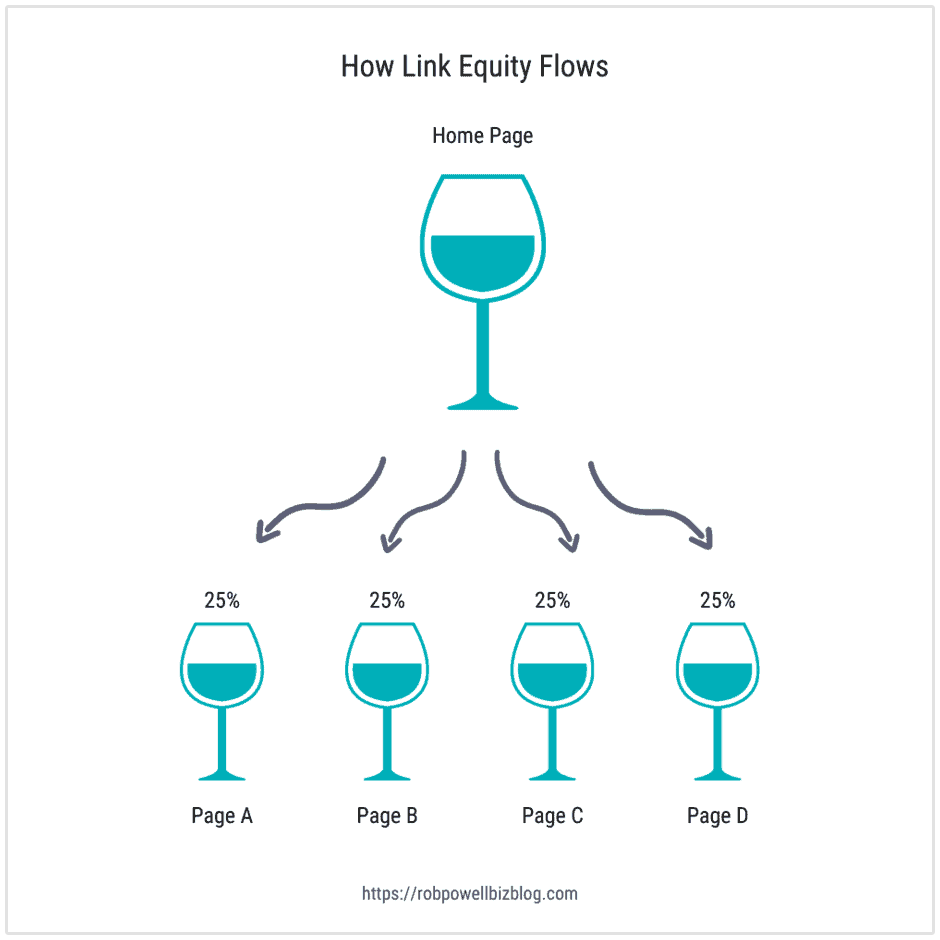
Search engines, such as Google, continually update their algorithms to combat manipulative link building practices. As a result, link wheeling could potentially be perceived as a link juice and could lead to penalties if the links are deemed unnatural or irrelevant.
Example of Link Wheeling
Let’s understand the concept of link wheeling with the help of an example.
For instance, you have five domains, namely "Site1.com," "Site2.com," "Site3.com," "Site4.com," and "Site5.com."
Now, each site links to the next one in the sequence to create a circular interlinking pattern, as explained below:
- Site1.com links to Site2.com.
- Site2.com links to Site3.com.
- Site3.com links to Site4.com.
- Site4.com links to Site5.com.
- Site5.com links back to Site1.com.
Now, in this link wheel, each website receives links from other sites within the network. The purpose is to create a flow of link authority between the sites, collectively boosting their overall authority and potentially improving their search engine rankings.
Are Link Wheels Black Hat or White Hat?
Link wheels are generally considered a black hat SEO technique. Black hat SEO refers to practices that aim to manipulate search engine rankings through deceptive or unethical means in violation of search engine guidelines.
The primary purpose of link wheels is to artificially boost the authority and rankings of the central website by creating a network of interconnected sites solely for the purpose of passing link juice and authority.
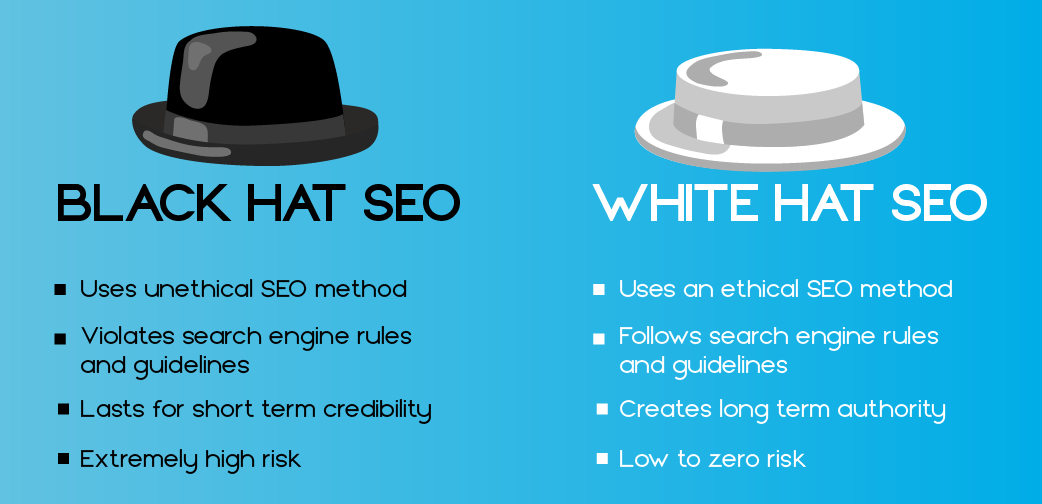
Here are some reasons why link wheels are considered a black hat SEO tactic:
Manipulative Link Building
Link wheels are designed to manipulate search engine algorithms by creating a network of interconnected sites without providing genuine value to users.
The fundamental flaw in link wheeling lies in its lack of genuine value for users.
The interconnected sites often prioritize the manipulation of search engines over providing valuable content or meaningful user experiences. Rather than focusing on creating high-quality, relevant information that meets users' needs, link wheels center on the game of link exchange, seeking to boost rankings artificially.
Unnatural Link Patterns
Search engines, with Google at the forefront, continually strive to provide users with the most relevant and valuable search results. Central to this goal is the recognition and rewarding of natural and organic link patterns.
Genuine backlinks from reputable and authoritative sources signal to search engines that a website is credible and deserving of higher rankings.
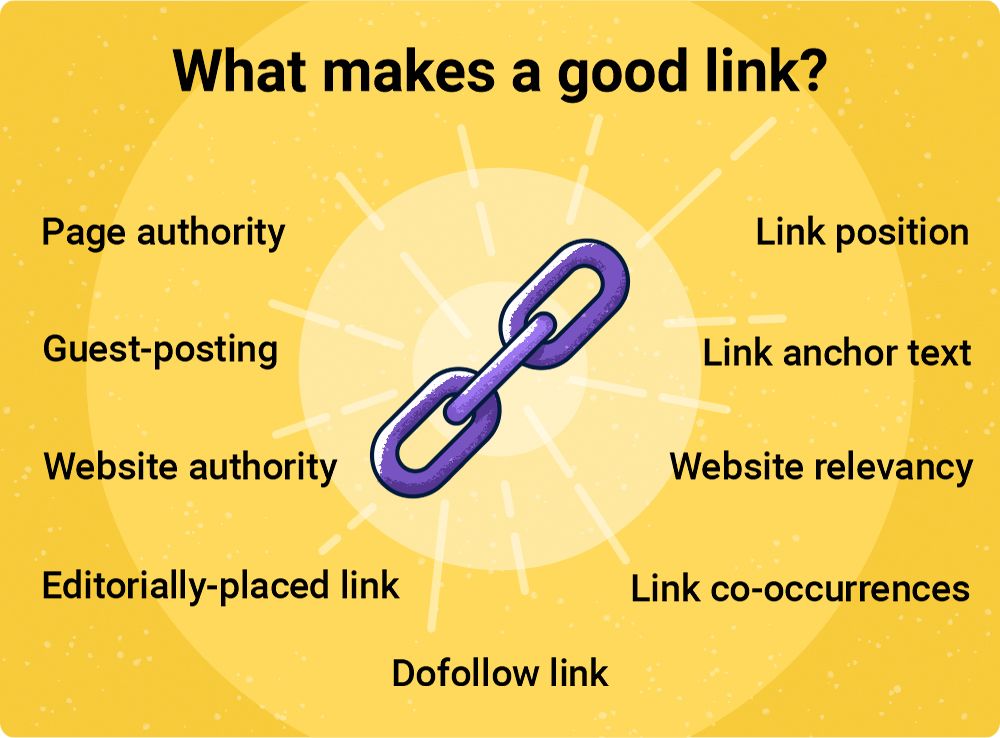
In stark contrast, link wheels represent an artificial and orchestrated approach to link building, meticulously designed to manipulate search engine algorithms.
The circular interlinking pattern of link wheels creates a glaring inconsistency in the linking behavior typically observed in naturally occurring backlink profiles. This glaring irregularity raises red flags for search engines, indicating an attempt to "game the system" and artificially inflate the website's authority and rankings.
Focus on Quantity over Quality
When search engines identify a network of interconnected sites with numerous low-quality backlinks, it raises immediate suspicions of link manipulation.
The websites involved in link wheels often fall under the radar of search engine algorithms designed to weed out deceptive SEO practices. Once identified, the consequences can be severe, resulting in ranking penalties, loss of organic visibility, and potential deindexing from search engine results.
Violation of Search Engine Guidelines
Google explicitly warns against participating in schemes designed to manipulate page rankings, and link wheels fall squarely under this category. The creation of interconnected networks with the sole intent of inflating link authority goes against the spirit of fair competition.
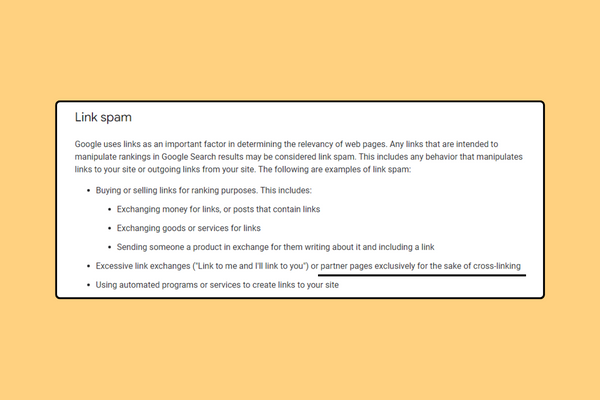
Moreover, Google stresses the importance of producing high-quality content that meets users' needs.
Link wheels, by prioritizing quantity over quality and lacking valuable content, violate this principle.
Hence, engaging in black hat SEO practices can result in severe penalties, including rankings drops or even deindexing. As a result of the risks associated with black hat SEO, it is strongly advised to avoid link wheeling and focus on white hat SEO practices instead.
Benefits of Link Wheeling
While link wheeling is considered a black hat SEO practice and comes with significant risks and disadvantages, some search engine optimizers argue that it offers potential benefits, which are important to understand.
Here are the some of the potential benefits of link wheeling:
Boost in Search Engine Rankings
The foundation of link wheeling lies in the belief that search engines, like Google, consider the number and quality of backlinks pointing to a website as a critical factor in determining its authority and relevance.
By creating a circular interlinking pattern, each site within the link wheel contributes to the enhancement of others' authority, including the central website.
The circular nature of the link wheel ensures that link authority circulates and reinforces itself.
As each site in the network links to another, the link juice flows continuously, further cementing the perceived authority of all interconnected sites. This concerted effort aims to create an illusion of heightened credibility, relevance, and popularity within the eyes of search engines.
Improved Website Visibility
By attempting to manipulate search engine rankings, link wheeling might lead to increased visibility for the central website and the interconnected satellite sites.
Since the sites within the link wheel are interconnected, search engine bots might crawl the network more frequently, leading to faster indexing of new content and updates.
Control Over Anchor Text
By manipulating anchor text in link wheels, marketers can attempt to signal to search engines the desired keywords for which they wish to rank. This level of control over anchor text is appealing from an SEO perspective, as it allows marketers to engineer a linking pattern that appears tailored to target specific keywords and phrases.
By selecting relevant keywords and placing them strategically within the anchor text, marketers seek to amplify the central website's ranking potential for those particular terms in search engine results.
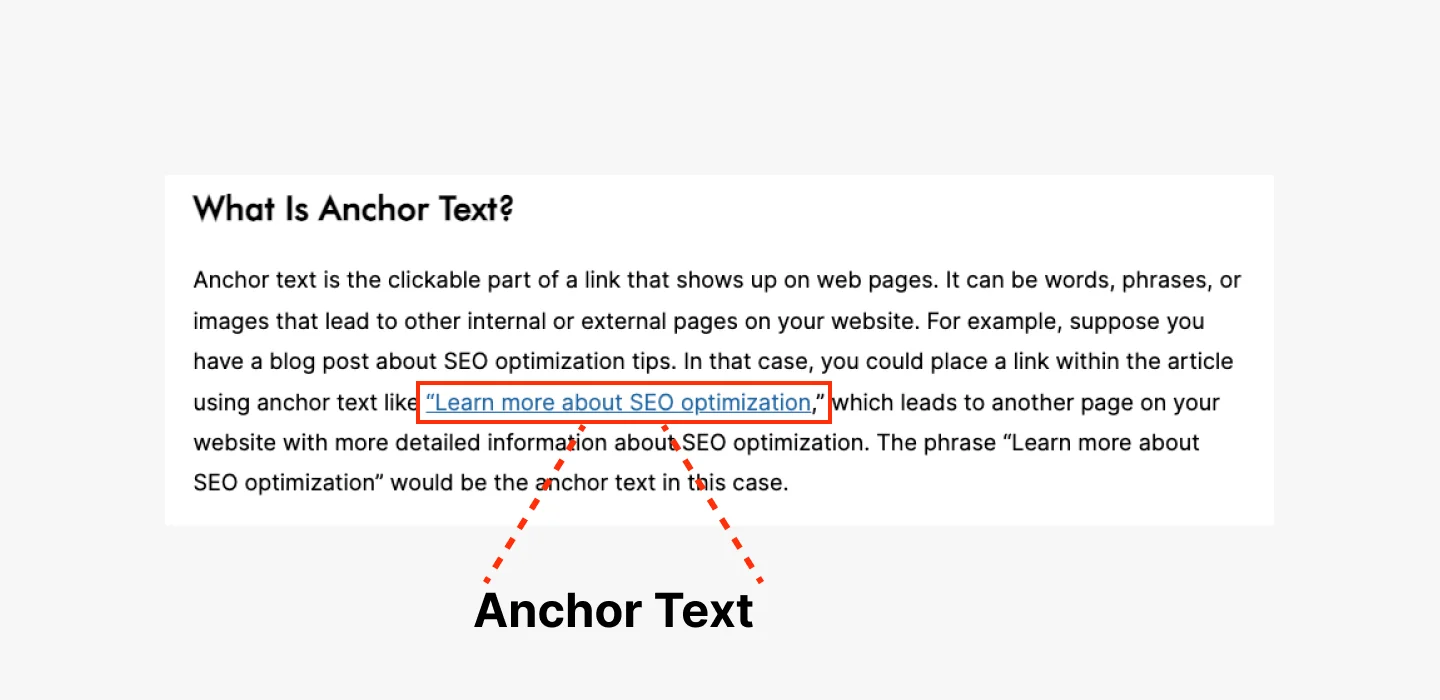
Despite these benefits, it's important to understand that the risks associated with link wheeling far outweigh any potential advantages.
Drawbacks of Link Wheeling
Link wheeling is a black hat SEO technique that attempts to manipulate search engine rankings through artificial link patterns. As such, it comes with significant drawbacks and risks.
Here are some of the key drawbacks of link wheeling:
Penalties from Search Engines
Search engines use sophisticated algorithms to assess websites based on a wide range of factors, including link quality, content relevance, user experience, and website authority. They can quickly identify link wheeling schemes or other black-hat SEO tactics that attempt to artificially inflate a website's ranking.
Search engines regularly update their algorithms to identify and penalize websites engaging in manipulative practices. Algorithmic penalties are automatically applied and can lead to a drop in rankings and visibility.
In some cases, manual penalties could be applied in place of algorithmic penalties. Manual search engine spam penalties are more severe and require the website owner to submit a reconsideration request after fixing the issues.
Short-Term Gains, Long-Term Losses
The temporary ranking boosts experienced through link wheeling are often the result of the artificial flow of link authority within the network.
As each site in the link wheel points to another, this concentrated flow of link juice can create the appearance of heightened authority and relevance to search engines. However, these gains are merely an illusion, built on a foundation of deception.
These gains are usually short-lived. Once search engines detect the manipulation, the website's rankings can plummet, leading to long-term damage to its online visibility and authority.
Risk of Deindexing
Deindexing occurs when search engines determine that a website has engaged in practices that blatantly go against their webmaster guidelines.
These practices may include excessive link manipulation, participation in link schemes, creation of spammy and low-quality content, or any other black hat SEO tactics that aim to manipulate search engine rankings artificially.
In the event of deindexing, the website's pages are wiped from search engine results, rendering all its content invisible to users. This drastic measure can have severe consequences for the website's online visibility, traffic, and credibility.
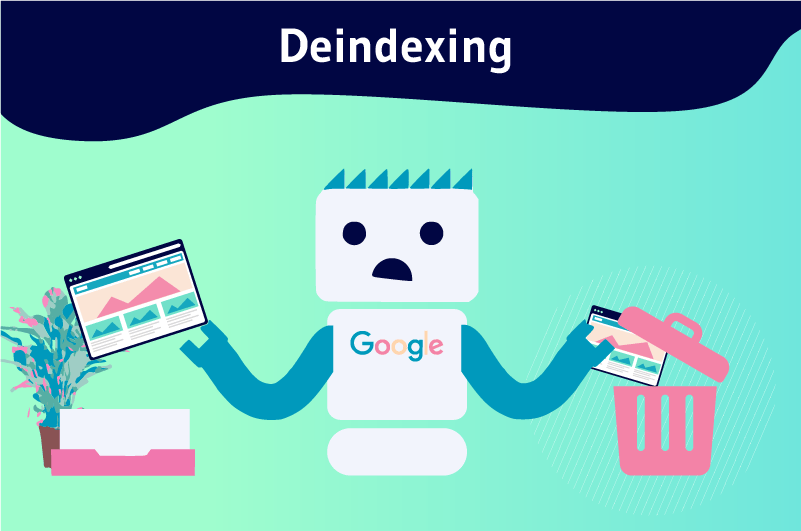
Without a presence in search engine results, the website loses the ability to attract organic traffic and potential customers through search queries.
Recovering from deindexing is a challenging process that requires significant efforts to rectify the issues and regain search engine trust. In some cases, the process may take months or even longer, during which the website's online presence and authority suffer greatly. To avoid such a disastrous outcome, businesses must prioritize ethical white hat SEO practices.
Wasted Time and Resources
Creating and maintaining a link wheel demands considerable time, effort, and resources from website owners or marketers.
The intricate web of interconnected sites, carefully planned to manipulate search engine rankings, necessitates continuous monitoring, updates, and coordination. However, despite the investment of resources, link wheels ultimately prove to be a misguided approach, offering only short-lived and deceptive gains.
The time and effort spent on link wheeling could be better utilized on legitimate SEO strategies that deliver lasting results and foster a positive user experience. Instead of focusing on the artifice of link manipulation, businesses should concentrate on building an authentic and reputable online presence.
Reputation Damage
Engaging in black hat SEO practices can harm a website's reputation and credibility.
Users and potential customers may view the website as untrustworthy or unreliable, leading to decreased brand trust.
Ineffective in the Long Run
Search engines are becoming increasingly sophisticated at detecting manipulative link schemes. As a result, the effectiveness of link wheeling as an SEO strategy is diminishing over time.
Focus on Quantity over Quality
Link wheeling often prioritizes quantity of links over their quality and relevance. This can lead to the creation of spammy and low-value websites, which are not beneficial for users or search engines.
Given these drawbacks and the high risk of penalties, it is highly advisable for businesses to avoid link wheeling and instead focus on white hat SEO strategies.
By creating valuable content, obtaining organic and relevant backlinks, and providing positive user experiences, businesses can build a strong and sustainable online presence without jeopardizing their rankings and reputation.
Conclusion: Does Link Wheeling Improve SEO?
While link wheeling might seem like an appealing way to boost search engine rankings through interlinked websites, it is a black hat SEO technique that comes with significant risks and drawbacks.
The primary purpose of link wheeling is to manipulate search engine algorithms, which goes against the principles of ethical and sustainable SEO practices.
Engaging in link wheeling can lead to severe penalties from search engines, resulting in a sharp decline in rankings, loss of organic traffic, and potential deindexing.
Rather than resorting to questionable tactics like link wheeling, businesses should focus on white hat SEO strategies that prioritize providing value to users, creating high-quality and relevant content, and earning organic backlinks from authoritative sources.










